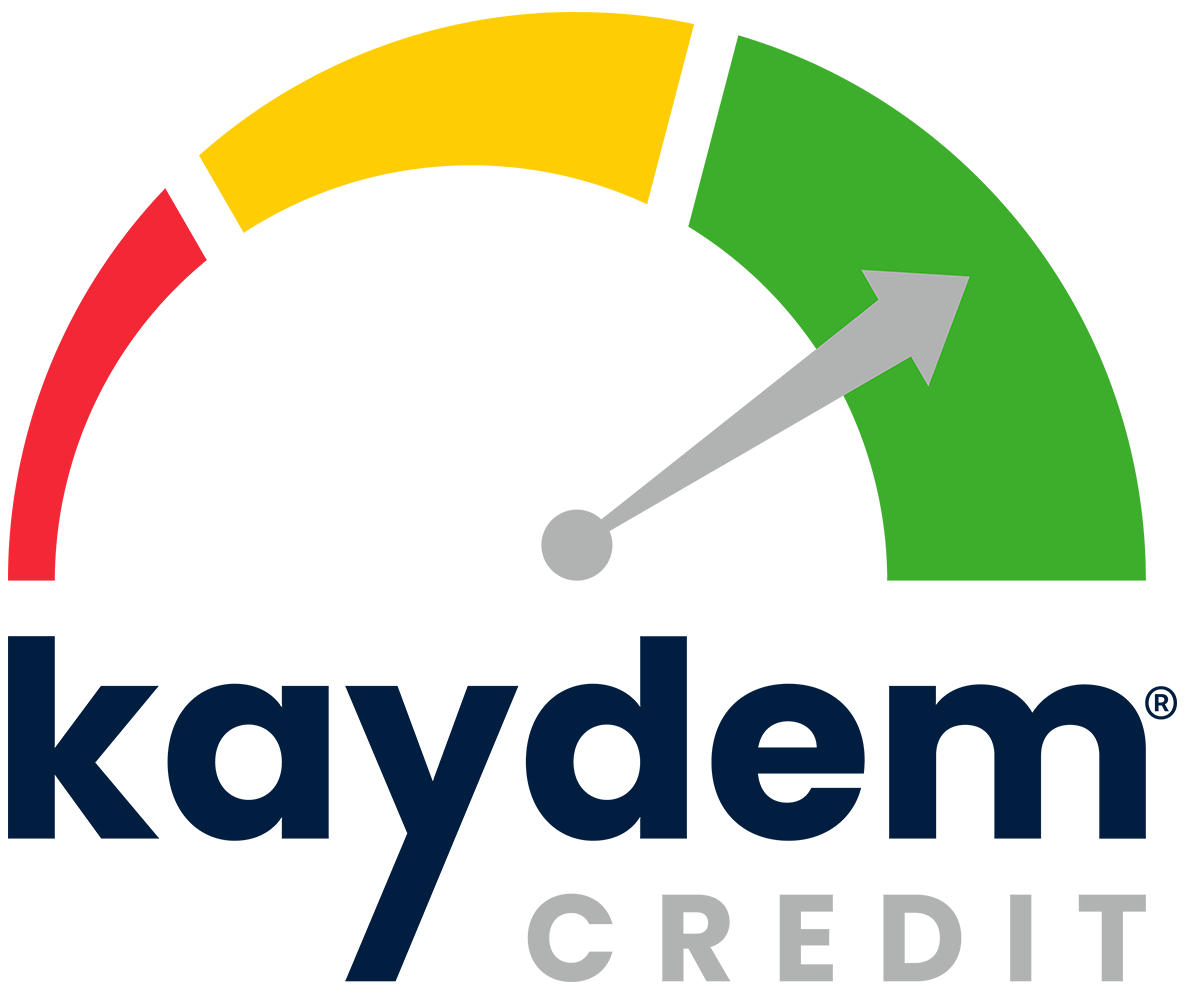A strong credit score opens doors to various opportunities, whether buying a house, securing a loan, or even getting a job. Therefore, it is essential for individuals to actively work towards improving their creditworthiness. One powerful tool in the realm of credit repair is the goodwill letter. Throughout this article, we will answer the question of what a goodwill letter is, explore how to effectively write it, and best practices for sending it. By understanding the concept and leveraging the potential of goodwill letters, individuals can take significant steps toward repairing their credit and regaining financial stability.
What is a Goodwill Letter?
Many people ask this question when in credit repair: “What is a goodwill letter?” A goodwill letter is a written communication sent to a creditor or collection agency to resolve negative items on a credit report. It is essentially a plea to the creditor, requesting them to remove or adjust the negative information out of goodwill. The purpose of a goodwill letter is to rectify past mistakes or unfavorable circumstances that led to negative items on the credit report. Individuals hope to persuade creditors to reconsider the impact of these negative items on their creditworthiness by explaining the situation and expressing sincere remorse.
Goodwill letters are particularly effective in addressing negative items on a credit report that resulted from isolated incidents or circumstances beyond the individual’s control. These items can include late payments, charge-offs, collections, or bankruptcy. Instead of disputing these items, which may require legal processes or evidence of inaccuracies, individuals can take a more personal approach. By contacting the creditor directly, they can explain the situation, express responsibility, and request the removal or adjustment of the negative items as an act of goodwill.
There are several benefits to using goodwill letters as part of the credit repair process:
- Potential removal or adjustment of negative items: If successful, goodwill letters can result in the removal or adjustment of negative items on the credit report. Removing these items can significantly improve credit scores and increase creditworthiness, making it easier to secure loans, obtain better interest rates, and achieve financial goals.
- Personalized approach: Goodwill letters allow credit users to tell their stories and explain the circumstances that led to the negative items on their credit reports. This approach can help creditors empathize and understand the mitigating factors surrounding the negative items, potentially increasing the chances of a positive resolution.
- Rebuilding relationships with creditors: Sending a goodwill letter demonstrates an individual’s proactive approach to taking responsibility for past mistakes and rebuilding their relationship with the creditor. This can lead to improved communication and a greater willingness from creditors to work towards a mutually beneficial solution.
- Cost-effective credit repair strategy: Unlike other credit repair methods, such as hiring professional services or pursuing legal action, goodwill letters offer a cost-effective alternative. They require only time and effort on the part of the individual, making them accessible to anyone seeking to improve their creditworthiness.
Overall, goodwill letters help individuals address negative items on their credit report by appealing to the creditor’s sense of empathy and fairness. Through effective communication and sincere expressions of remorse, individuals can pave the way for credit repair and open doors to better financial opportunities.
How to Write an Effective Goodwill Letter
If you are unsure how to write a goodwill letter, this section will cover that in great detail, and here is a sample template as well:

Before writing a goodwill letter, research the specific creditor’s policies regarding negative item removal or adjustment. Understand their guidelines and requirements for submitting such requests. Additionally, gather the correct contact information for the creditor or collection agency, ensuring the letter reaches the proper department or individual.
When writing a goodwill letter, maintain a polite, professional, and respectful tone throughout. Take responsibility for any mistakes or past actions that led to the negative items on the credit report. Express genuine remorse and highlight any positive steps taken towards rectifying the situation. Demonstrate a sincere desire to rebuild creditworthiness and emphasize the potential benefits of removing or adjusting the negative items.
Structure the goodwill letter with a clear and concise objective to ensure clarity and effectiveness. Begin with a polite salutation addressing the recipient by name, if possible. Introduce yourself and provide relevant account information or reference numbers. Start by clearly stating the purpose of the letter, which is to request the removal or adjustment of the negative items on the credit report. Then, briefly explain the circumstances surrounding the negative items and express remorse for any mistakes.
If any supporting documentation or evidence can strengthen the case for removing or adjusting the negative items, you should include them with the goodwill letter. Some document examples include proof of corrective actions, receipts, letters of recommendation, or other relevant documents. Ensure all documentation is organized and clearly labeled to make it easy for the recipient to review.
Best Practices for Sending a Goodwill Letter
With an understanding of what a goodwill letter is, we can explore how to write and send one for optimal results.
Be mindful of timing and frequency: Timing is crucial when sending goodwill letters. It is ideal to wait until the negative item has been fully resolved or paid off before sending the letter. This ensures that the creditor sees the effort made to rectify the situation. Additionally, space out your goodwill letter requests to different creditors, allowing enough time for each request to be processed and reviewed. Sending multiple requests simultaneously may overwhelm creditors and decrease the chances of success.
Follow up on the letter and maintain communication with the creditor: After sending a goodwill letter, it is essential to follow up with the creditor if there is no response within a reasonable timeframe. Following up shows your commitment and determination to resolve the issue. When reaching out, maintain a respectful and polite tone, reminding the recipient about the initial goodwill letter and expressing gratitude for their consideration. Regular and respectful communication can help keep the matter in the forefront of the creditor’s attention.
Be patient and persistent: Patience is key when using goodwill letters for credit repair. It can take time for the creditor to review and respond to the letter. Understand that they may receive numerous requests and need sufficient time to process them. Avoid becoming discouraged by delays or initial rejections. Instead, persist in your efforts by sending follow-up letters or making additional attempts to engage with the creditor.
Additionally, remain patient throughout the process of credit repair. Improving credit takes time and effort, and the impact of goodwill letters may not be immediate. Be prepared for several rounds of communication with the creditor before achieving the desired outcome. Stay focused on your goals and continue to pursue credit repair through goodwill letters as part of an overall strategy.
Persuading Creditors for Positive Change
Goodwill letters are effective tools for credit repair, as they provide individuals with a personal and proactive approach to addressing negative items on their credit reports. By following the best practices outlined and crafting effective goodwill letters, you can initiate a process of communication and negotiation with your creditors.
Remember to research the creditor’s policies, maintain a professional tone, structure the letter effectively, include supporting documentation if applicable, and be patient and persistent throughout the process.
Improving your creditworthiness is within your reach, and goodwill letters are an effective means to achieve this. Do not let negative items on your credit report hold you back from reaching your financial goals. If you find the creditors are not willing to remove the negative items, contact our team at Kaydem Credit Help for a free credit repair consultation, where we will create a customized strategy to help you achieve a brighter financial future.







